(1345 products available)









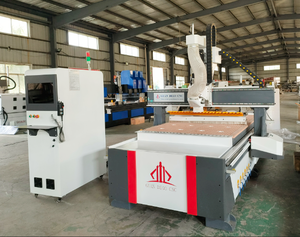






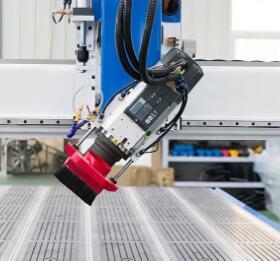




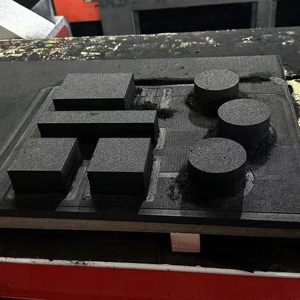

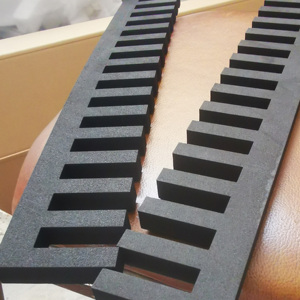
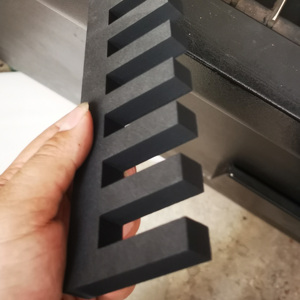

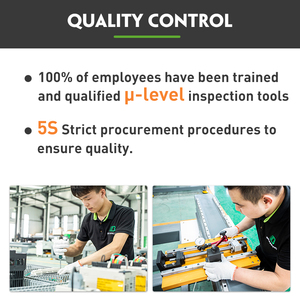


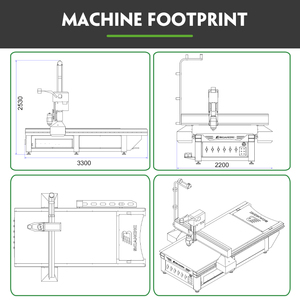











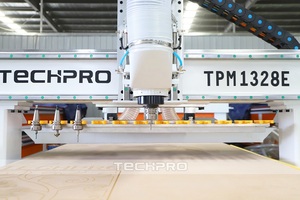

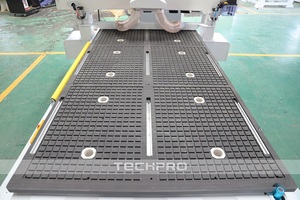






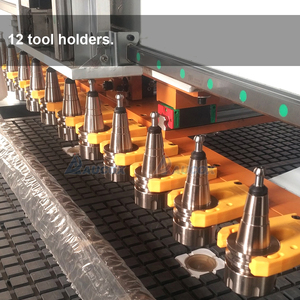




























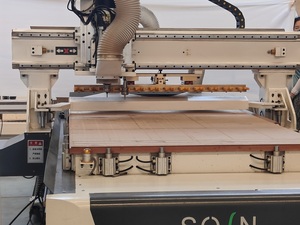

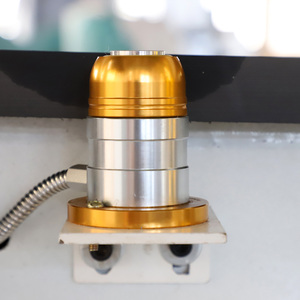










 Ready to Ship
Ready to Ship
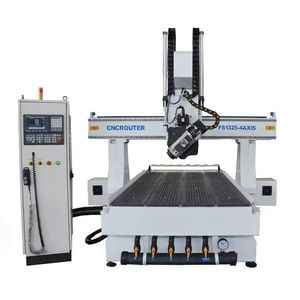





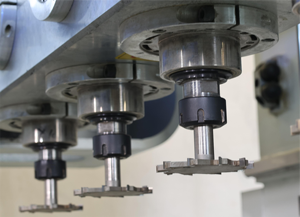


















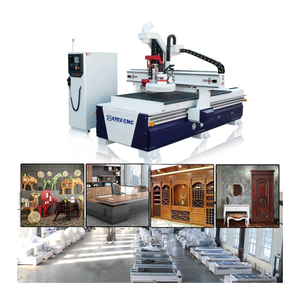

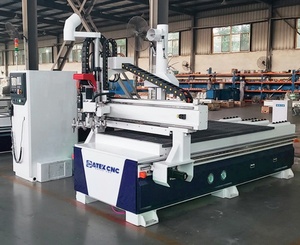




 Ready to Ship
Ready to Ship


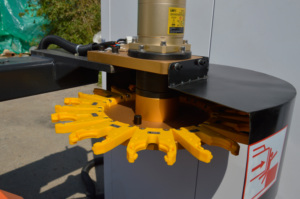


















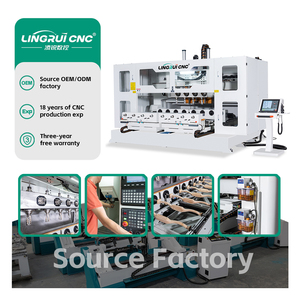


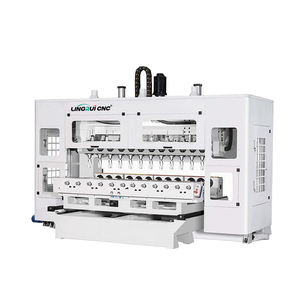

































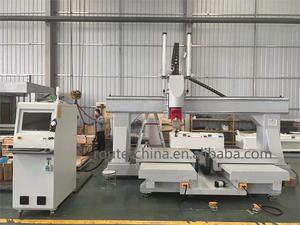




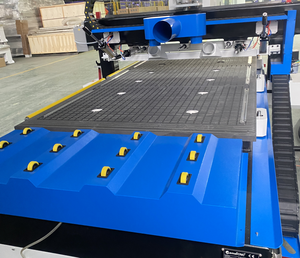
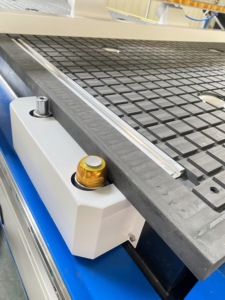

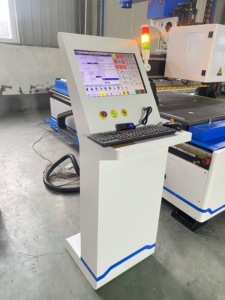
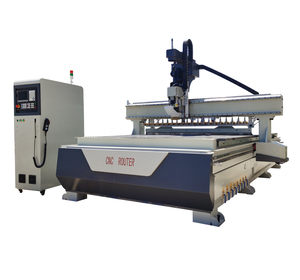


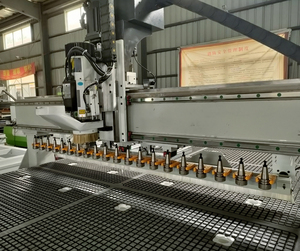

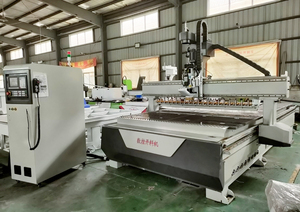



























A woodworking CNC processing center, also known simply as a CNC router, is a large-scale machine designed for high-precision cutting, carving, and machining of wood and other materials. However, the machine center varies based on distinct features and functions.
Specifications of a woodworking CNC machine are essential when buying as they determine what the machine can do. Key parameters include working area size, spindle power, control system, supported materials, and maximum processing speed.
Maintenance of a woodworking CNC machine is important for consistent use at optimal levels. Protective routines are essential to prevent breakdowns or malfunctions so as to extend the lifespan of the devices. The first thing to do is always to turn off the power supply, as this reduces the risk of electric shock during any repairs and makes it safer when working on the machinery. Users can refer to the manual for specific directions on servicing and what parts to lubricate to avoid unnecessary damage. Carry out regular cleanups of the area around the equipment and the item being worked on to remove dust and debris. Set up a professional calibration routine to ensure always to have the right angles and measurements. Handle tools with care during use or when taking them out, as this prevents damages and maintains their edges and surfaces. Most importantly, user safety is paramount, so protective gear like gloves, goggles , and dust masks , among others, should be worn at all times.
Furniture Manufacturing
CNC centers are commonly used in the furniture industry to manufacture various types of furniture, such as cabinets, tables, chairs, and beds. They can perform tasks such as cutting, engraving, and shaping wood to create complex designs and structures with high precision and consistency.
Architectural Decoration
CNC processing centers are suitable for high-precision architectural decoration projects. They can be used to create large decorative panels, curved walls, ceilings, staircases, and other architectural features, achieving the desired shaping and functional requirements.
Custom Design and Prototyping
The woodworking CNC machine is ideal for custom design and prototyping. They can be quickly and easily programmed to make personalized designs and prototypes, such as model making, surface engraving, inlay carving, etc. This flexibility makes them suitable for creative design studios, artist workshops, and other places where custom design is required.
Solid Wood Furniture MAKING
A CNC machine for woodworking has solid wood processing capabilities, making it suitable for solid wood furniture manufacturing. It can cut and shape solid wood materials, such as oak, walnut, teak, and more, to create high-quality solid wood furniture pieces.
Complex Carving and Embellishment
CNC processing centers excel at engraving and carving complex patterns and designs, such as decorative hollow-outs, relief carvings, personalized words and images, etc. They are widely used in decorative enterprises, art workshops, and other places requiring intricate carving and embellishment.
Packaging and Printing Industry
In the packaging and printing industry, CNC processing centers can be used to make packaging boxes, cartons, labels, and other packaging materials. They are also suitable for printing templates, cutting boards, and other printing tools, improving the production efficiency and accuracy of packaging and printing enterprises.
Here are the key things one should look at when selecting a woodworking CNC machine:
Purpose/Focal point
The purpose for which the machine is to be used or the focal point should be looked into. Different types of woodworking CNC devices are used to execute diverse purposes on various wood types.
Control System
The controlling system of a particular CNC machine is what gives it its uniqueness. Some machines come with computer control systems that are user-friendly, while others may have different controlling techniques. Knowing the control system of the desired woodworking CNC machine will help with selecting the one with the desired features or the one that is most compatible with one's needs.
Design Software
A woodworking CNC machine will not achieve much if an appropriate design software is unavailable. This is why one must consider the type of design software the machine uses and if the software is available for use. During selection, the buyer should opt for those that have compatible and readily available software.
Spindle power
Different woodworking materials need different power. It is highly imperative to go for the one whose spindle power matches the material type. This will guarantee a smooth and efficient working process.
Budget and invest
More advanced CNC machines with vast and diverse capabilities will have higher prices due to their high-level features. It is important to analyze the needs of the project or woodworking task and determine the kind of investment suitable for a successful outcome. This will make it easy to settle for a machine that goes easy on the budget while meeting the required needs.
Q1: What is the difference between a CNC router and a CNC engraver?
A1: Generally speaking, a CNC router performs cutting with the aim of creating large features, while a CNC engraver is intended for etching small detailed patterns or designs. The routers have larger bits, more power, and a focus on cuts, while engravers are designed for precision with smaller, finer tools.
Q2: What materials can a woodworking CNC machine process?
A2: A woodworking CNC can process various wood materials such as solid wood, MDF, particle board, plywood, wood PVC, etc. To achieve diverse design possibilities and meet different requirements, some might choose an alloy or stone centerpiece that includes CNC for those materials.
Q3: What are the advantages of using a CNC machine in woodworking?
A3: A3: The CNC machine brings a lot to woodworking. Firstly, it offers high precision, as the machine precisely cuts or carves to follow the design. Secondly, it increases efficiency, as it more quickly and less manually, and thirdly, it's user-friendly, allowing even normal users to control it with straightforward software.